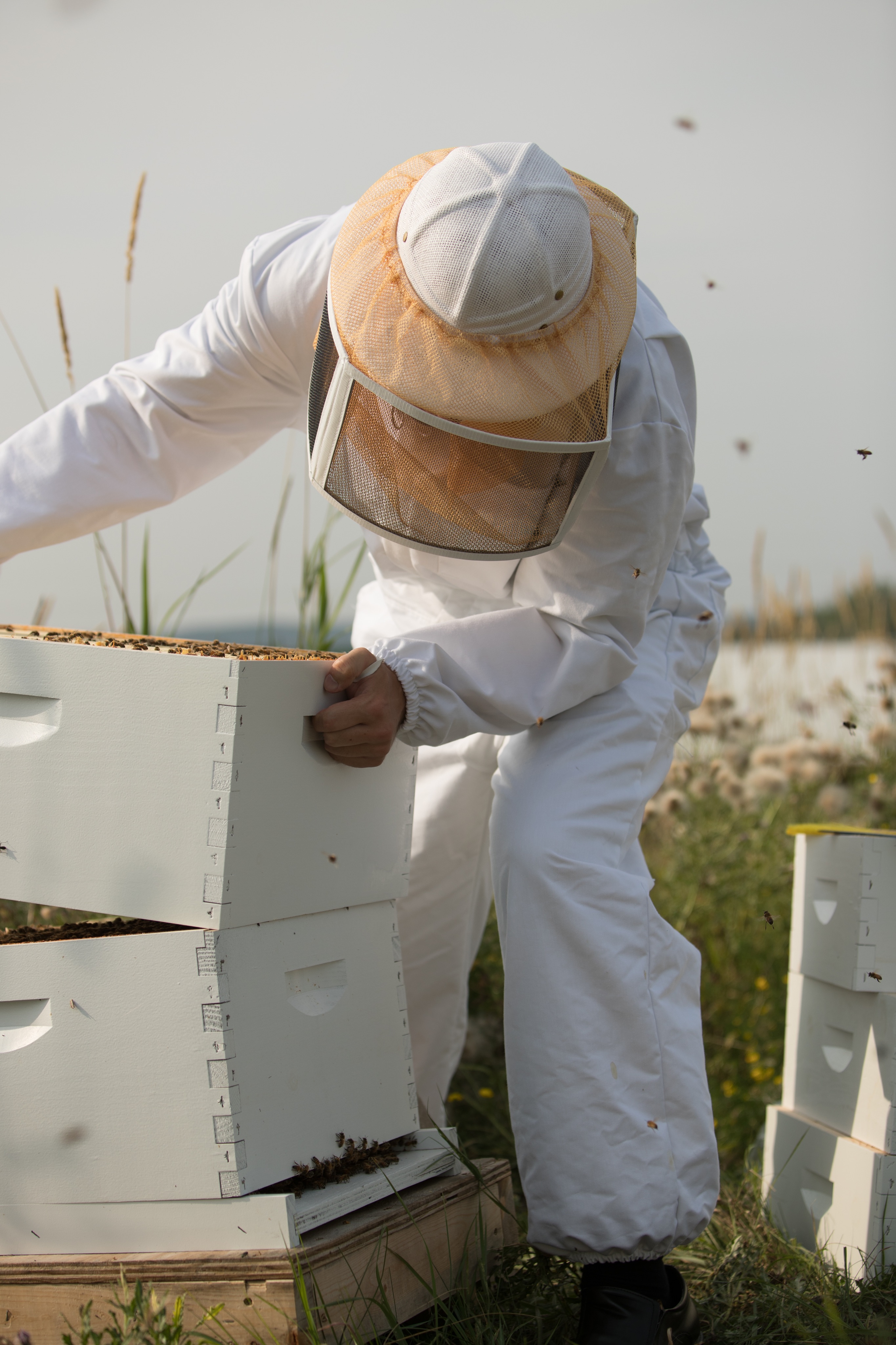National Honey Bee Day
Last Saturday (August 18) was National Honey Bee Day, an awareness day put together by beekeepers in the U.S. to promote and raise awareness of beekeeping. Bees, and honey bees in particular, are important but commonly misunderstood, so I thought I would use this post to highlight some fun facts about bees in general and honey bees in particular.
- Over 20,000 species of bees have been scientifically described globally. Of those, honey bees (Apis spp.) represent about seven species, depending on the classification used.
- The western honey bee (A. mellifera) is the most commonly managed species, leading to its deliberate introduction by humans from its native Europe and Africa to the Americas, Australia, and parts of Asia. The other honey bee species are all native to various parts of Asia, where they are still sometimes used for honey production.
- In the U.S., honey bees are used commercially to supplement pollination of a variety of crops, especially almonds, apples, citrus, and various berries. Their importance in this role relative to other species varies by cropping system and environmental factors.
- On a per-bee basis, honey bees are not terribly efficient pollinators. Native bees are often two to three times as efficient at pollinating as honey bees. What honey bees lack in per capita efficiency they make up with numbers and easy management.
- Unlike bumble bees and some other native bees, honey bees are not sonicators (buzz pollinators). This makes them far less effective pollinators of solanaceous crops (e.g. tomato, etc.) and blueberries than are bees that sonicate flowers while gathering pollen.
- While honey bees are commercially important pollinators, their nonnative status makes them ecologically unimportant as pollinators in North America. In fact, honey bees may outcompete native bees that are better at pollinating native plants, spread diseases to native bees, or pollinate introduced weeds.
- Honey bees make honey from plant nectar and other sugar sources. Nobody has replicated the honey-making process, which appears to involve the action of digestive enzymes, yeasts, and bacteria from the bees’ crops and saliva and a drying period in the comb. Non-nectar sugar sources that honey bees may use to make honey include table sugar or corn syrup supplied by beekeepers or honeydew excreted by sap-feeding insects. Different sugar sources produce different characteristics in the honey.
- With good nectar supplies and weather conditions, a colony of honey bees can produce more than 100 lbs. of honey in a summer.
- Honey bee mortality in the US began increasing in the 1980s with the introduction of the Varroa mite, a parasite that eats the bees’ fat body and transmits viruses between bees. Through the work of beekeepers, plus an increasing interest in beekeeping, honey bee populations in the US are high and rising today.
- Many native bees are declining and desperately need conservation work. These declines increase our dependency on honey bees for pollination. This increased dependency on honey bees increases costs for farmers and threatens the stability of our food supply.
Guardian is maintaining two hives of honey bees at its main office in Superior (the title photo is our technical director, Dr. Kopco, checking on the hives). We hope to harvest some honey from these bees, and also to use them as pollinator mascots to start a larger conversation about pollinator conversation as a whole.
Title photo credit: Tanya Wick






